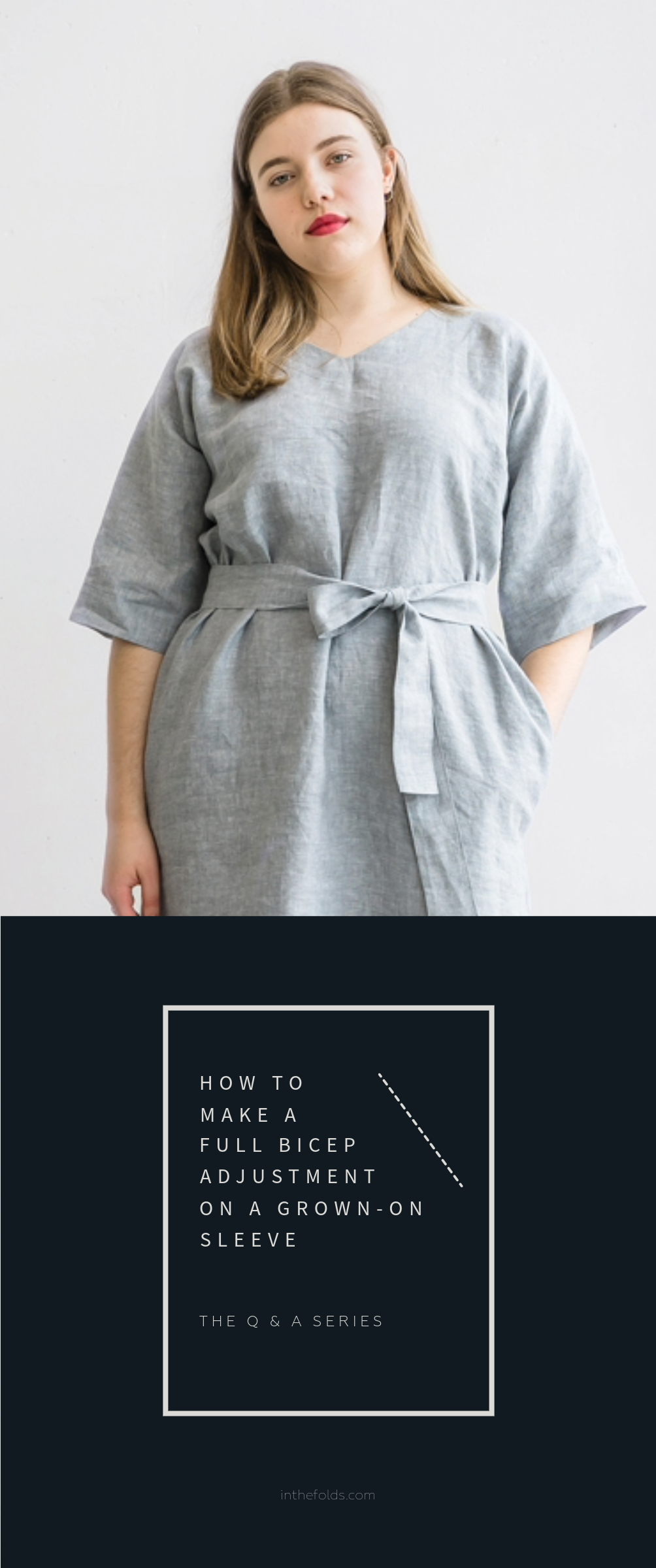THE Q & A SERIES
HOW TO FIGURE OUT FABRIC REQUIREMENTS WHEN COPYING READY-TO-WEAR
Many sewists are used to working with sewing patterns that tell them everything they need to make a garment. Construction method, notions, sizing, fabric requirements… Everything is covered in explicit detail and you just need to follow the instructions.
But what about when you’re copying a ready-to-wear garment?
Or if you’re doing a major hack to a pattern in your stash?
How do you know how much fabric to buy!?
It’s a question we get asked a lot!
We’ve been so excited to see our Curated by ITF members diving into the resources from our Copy Your Clothes series and learning how to copy ready-to-wear garments that they love and can’t bear to part with. And while many of them have been using fabric from their stash to learn these new skills (which we applaud, btw!), we figured it would be helpful to know what to do if they do want to head to a fabric store (because it’s inevitable, right?).
HOW TO FIGURE OUT FABRIC REQUIREMENTS WHEN COPYING A READY-TO-WEAR GARMENT
The following methods can be used when copying a ready-to-wear garment or when pattern hacking.
Method 1 - Measure each pattern piece loosely and calculate the required fabric.
Take the pattern pieces and loosely measure them as if they were rectangles. To do this, measure the longest and widest points. As you can see in the example we have given a little extra in both width and length, just to be safe. Remember to keep things straight and the right way up, as this is how the pieces will be cut on the fabric. Take note of the dimensions of each piece.
Consider the width of the fabric you are buying. Common fabric widths are 115cm (45in) and 150cm (60in), although there is a lot of variation, so be sure to check.
For the example, our FRONT [1] piece measures 37cm (14½in) wide and 140cm (55⅛in) long. Our BACK [2] measures 45cm (17¾in) wide and 140cm (55⅛in) long. We will need to cut a pair of each.
For a fabric width of 115cm (45in) we will need to cut the pieces one on top of the other (lengthways), as we won't be able to cut more than 2 pieces for the width (2 fronts = 74cm (29⅛in) and 2 backs = 90cm (35½).
For a fabric width of 150cm (60in), we will have more room to play (see image below). We could cut a pair of backs and a front on the width - leaving one front to cut. This does mean you will need a similar length of fabric, but you will have more fabric to spare from the 150cm (60in) width, which you could use for another project. Remember, this example does not include any additional pieces, such as facings and pockets. See cutting plan examples on the following page. (See image below.)
Remember, fabric may shrink a little during pre-washing, so consider getting a little bit more fabric to account for this.
Method 2 - Create a tape mockup of your fabric width on your floor
Take some masking tape and tape a line on the floor / table the width of the fabric you are considering using.
Lay out the pattern pieces, ensuring they fit within the fabric width. Take a tape measure and measure the length of your mock cutting plan.
Remember, fabric may shrink a little during pre-washing, so consider getting a little bit more fabric to account for this.
I usually use the second method, and place a tape measure so I can quickly move the pieces around and calculate the total.
The example below is as if the fabric is on the fold. Always make sure you read the pattern labels so you know if you need to cut 1 pair or cut 1 on fold etc.
Whether it’s with copying your ready-to-wear garments or hacking patterns, I hope this helps you on your sewing journey!
Happy patternmaking,
Emily
RESOURCES MENTIONED IN THIS ISSUE
More information about our Curated by ITF subscription can be found here. Sign up during the month of July to get part two of our Copy Your Clothes Series, the Make it your own Skills Kit, delivered straight to your inbox.
For more issues of the Q & A series, you can check out the archive here.
WHAT YOU’VE BEEN MAKING
Flynn jacket made by @thecrookedhem
Acton dress made by @sewbee73










